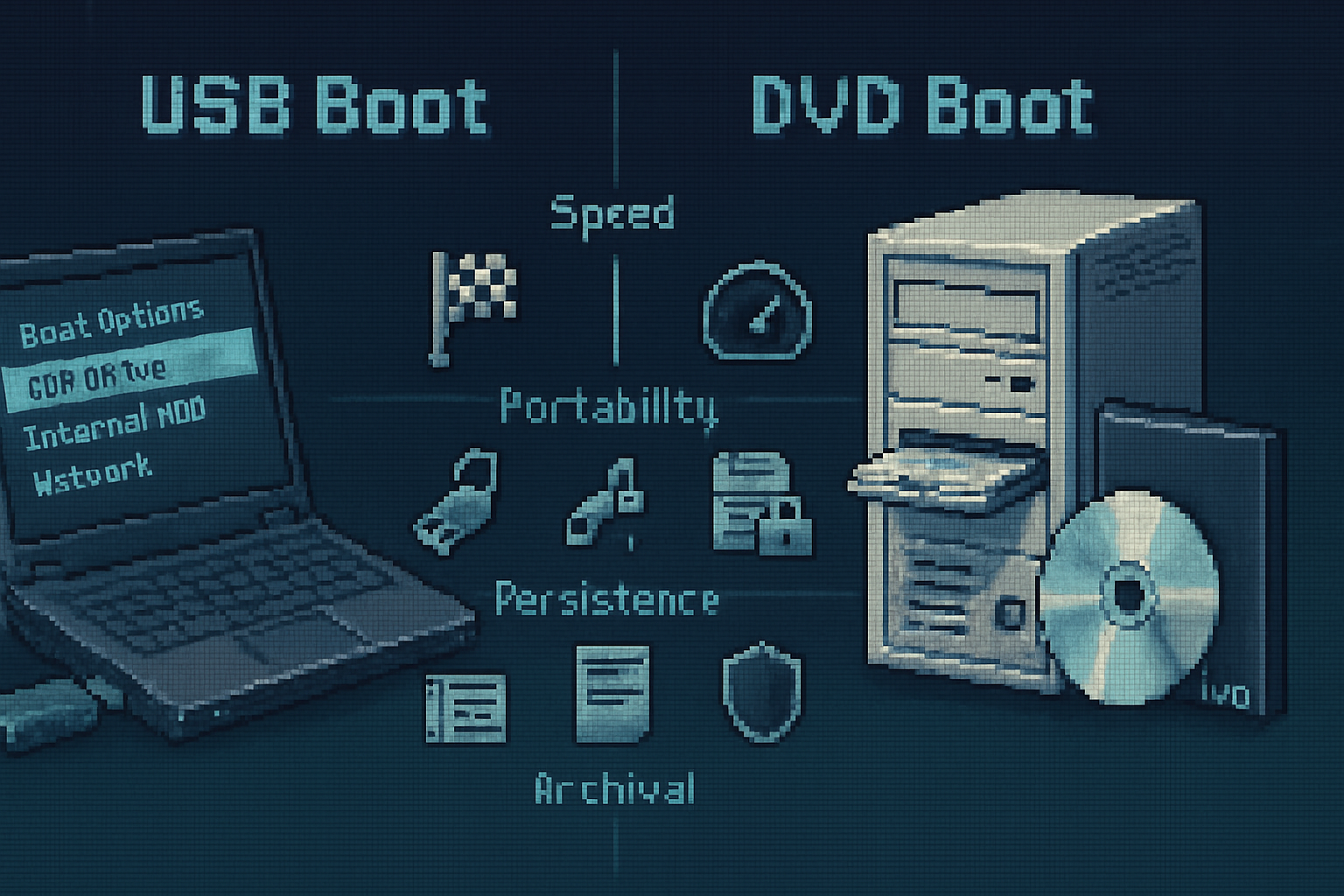· guides · 3 min read
Creating a Bootable USB Drive: A Beginner’s Guide
Learn how to create a bootable USB drive with our easy-to-follow guide. Perfect for beginners looking to install operating systems or recover data.
Introduction
Creating a bootable USB drive can be a daunting task for beginners, but it’s an essential skill for tasks such as installing an operating system or troubleshooting your computer. In this guide, we will walk you through the steps to create a bootable USB drive easily.
What is a Bootable USB Drive?
A bootable USB drive is a storage device that contains the necessary files to start up your computer and run an operating system or utility. It’s especially useful for:
- Installing Windows or Linux operating systems
- Running recovery tools
- Creating installer drives for various software

Requirements
To create a bootable USB drive, you will need:
- A USB flash drive (at least 8 GB recommended)
- A computer (Windows, macOS, or Linux)
- ISO file of the operating system or software you want to install

Step-by-Step Guide to Create a Bootable USB Drive
1. Download the ISO File
First, download the ISO file for the operating system or software you want to install. For example, you can download Windows from the Microsoft website or Linux from the Ubuntu website.
2. Format the USB Drive
Before making the USB bootable, you may need to format it:
Windows:
- Insert the USB drive.
- Open ‘This PC’, right-click the USB drive, and select ‘Format’.
- Choose FAT32 as the file system and click ‘Start’.
macOS:
- Insert the USB drive.
- Open ‘Disk Utility’.
- Select the USB drive and choose ‘Erase’. Select FAT or EXFAT.
3. Create the Bootable Drive
Depending on your operating system, you will use different tools:
Windows: Use Rufus:
- Download and open Rufus.
- Select your USB device.
- Under ‘Boot selection’, choose
Disk or ISO image (Select)and pick your downloaded ISO. - Click ‘Start’.
macOS: Use the Terminal:
- Open Terminal and use the command
diskutil listto find your USB drive. - Use the
ddcommand to create the bootable USB:
(Make sure to replacesudo dd if=/path/to/your.iso of=/dev/rdiskN bs=1m/path/to/your.isowith the actual path andNwith your USB drive number.)
- Open Terminal and use the command

- Linux: Use the
ddcommand in Terminal:
(Replacesudo dd if=/path/to/your.iso of=/dev/sdX bs=4M/path/to/your.isoandsdXwith your specific details.)
4. Eject the Drive
After the process is complete, ensure to safely eject your USB drive:
- Windows: Right-click the drive in ‘This PC’ and select ‘Eject’.
- macOS: Use ‘Finder’ and click the eject icon next to your USB drive.
- Linux: Use the command
umount /dev/sdXor safely remove it via file explorer.
Conclusion
You have successfully created a bootable USB drive! This tool opens up a world of possibilities for installing operating systems or running recovery tools. Now you’re ready to use your bootable USB for your next project or troubleshoot your computer issues. For more detailed tutorials and resources, check out How to Install Windows from USB or Creating Linux Bootable USB.

Keywords
bootable USB, create USB drive, ISO file, USB flash drive, software installation
Slug
creating-bootable-usb-drive-beginners-guide
